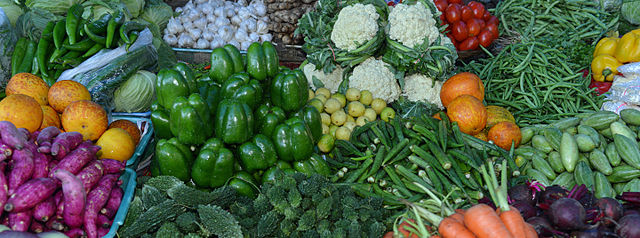Finalizing India-United States negotiations point to a possible free trade deal on select agricultural goods by July 8, 2025.
So far, Delhi has drawn a red line on sensitive agri goods such as dairy, which it won’t concede for free.
Meanwhile, bilateral exchanges keen on exempting certain food produce and products had neared a breakthrough by July 4.
Sources indicate an interim agreement will hatch before the July 9 expiration of a 90-day stoppage of Trump’s 26% tariffs.
Tit for Tat Game
Concerning which, India seeks to eliminate all extra tariffs that the Trump administration announced in April 2025.
Duty exemption for sectors outside agriculture such as clothing, ornaments and footwear could profit India upward of $4 billion.
In its turn, the United States wants a slash in duties for which India is a heavy-setter, mainly on tree nuts and dairy.
It also wants surtax concessions on wine, petrochemicals, some genetically modified crops and electric vehicles.
What is clear is that India might not exempt dairy, to buffer its farmers who rear the biggest herd, globally.
Agriculture FTA
Regarding the possible July 8 interim FTA for agriculture, both sides are not ready to exempt all products.
Delhi could possibly allow free entry to only American pecans, walnuts, Pacific Northwest’s apples and GM feeds.
Washington in its part might appease Delhi with leather duty exemption after much agitation for tax relief on the good.
After interim agreements, the two sides will ramp up a holistic Bilateral Trade Agreement. Its vision is to push bilateral commerce to $500 billion in 5 years, up from the reigning $191 billion.
On the sidelines, some farmers’ unions in India are averse to any inclusion of agriculture in free trade with the U.S.
One such is the Samyukta Kisan Morcha (SKM) from Kerala, southern India, which feels threatened by bilateral agreements.
SKM terms these deals anti-farmer and anti-labor, and has been holding pro-farmers protests, according to The Hindu.
How the looming landmark will work out and whether it will rival that between India and the UK in May 2025 remains unclear. The below data paints a clearer picture of the ‘knowns’ in India-U.S. trade.
India-United States Agriculture and Free Trade Statistics
Agricultural trade between India and the United States remains medium at a cumulative $7 billion a year, per the Wiley Online Library. This is versus $126.9 billion in bilateral trade in 2023, according to India’s Parliament, and a vision for $500 billion by 2030. There is no existing free trade area between the two big economies, which means reciprocal tariffs protect each country’s farmers.
A part of the reason for the moderate agricultural trade are high tariffs on both sides. While India has historically imposed an average 39% on American agri-food goods, as of 2018, its ally has generally imposed 5%. This imbalance prompted a U.S.’ duty reciprocation of 26% in April 2025 before a 90-day moratorium followed.
How is the agricultural trade status between Delhi and Washington?
India and the United States have had a tumultuous trade relationship in recent years. Trade duty disagreements over bird flu led to a September 8, 2023 dispute resolution by the WTO.
Which American imports has India taxed hard historically?
As of 2018, India had some of the highest import duty among nations, at 32.8%, above the World Trade Organization (WTO)’s recommended 30%. In 2018, U.S.’ goods gained maximum tariffs, with chickpeas attracting 60%. Another hard-hit good is pecan nuts: although India conceded in April 2023 to reduce pecan import duty, it only cut it to 30% from 100%.
What are the key agricultural trade commodities in India-U.S. trade?
While the United States exported $2.24 billion worth of agricultural goods to India in 2024, India exported back $5.7 billion. In India’s case, agri-food exports to the U.S. represent 11% of all agri exports by the country, as of 2024. Key goods include Basmati rice, dairy, leather and vegetable extracts. For the U.S., tree nuts, at $1.12 billion (2024), ethanol at $441.3 million (2024) and cotton lead agricultural exports to India.
